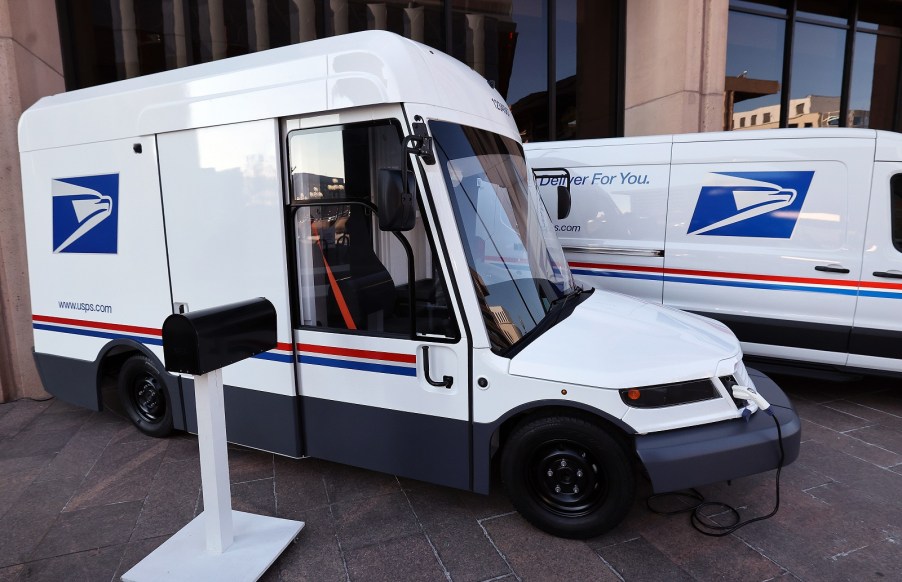
USPS workers say Next-Gen mail trucks may be ugly, but they’re much better than old ones that keep catching fire
In August, the first batch of USPS Next Generation Delivery Vehicles (NGDVs) built by South Carolina-based Oshkosh Defense arrived in Athens, Georgia. While the trucks appear a bit odd-looking to many postal workers, they couldn’t come soon enough. On duty since 1987, despite Grumman’s Long Life Vehicles carrying our mail well past their 25-year projected use, they aren’t without issues.
The old trucks are inefficient, averaging just 9 mpg. The side mirrors constantly get knocked out of adjustment. What’s more, they’re insanely hot in high-temp environments. You might have noticed the vintage-looking electric fan mounted on the dash. That’s all postal workers get, even in states boasting roast-level heat.
In addition to the near-tortuous lack of standard air conditioning, the Grumman trucks are just wearing out – and doing so in rather dangerous and inconvenient ways. The Associated Press reported that the Grummans keep breaking down in the middle of routes. Disturbingly, more than 100 mail delivery vehicles caught on fire during use in 2023.
So, it’s time for a new generation of mail trucks. A cool, initial $482 million worth of NGDVs, according to the USPS press release announcing Oshkosh’s contract award.
Features the new Oshkosh Defense delivery trucks boast:
- Air conditioning
- Tall ceilings
- Airbags
- 360-degree cameras
- Blind-spot monitoring
- Collision sensors
- Anti-lock brakes
All of these are missing on the Grumman fleet.
“I promise you, it felt like heaven blowing in my face,” a Georgia postal worker told the Associated Press of the new vehicle’s air conditioning. Another complimented its higher ceilings, which help prevent back pain while standing up in the truck.
Under its 10-year, $40 billion overhaul budget, the postal service plans to replace all 200,000-plus delivery vehicles with mostly electric Oshkosh Defense models. Sources say the total contract could be worth somewhere around $6 billion, when all is said and done with replacing the Grummans.



